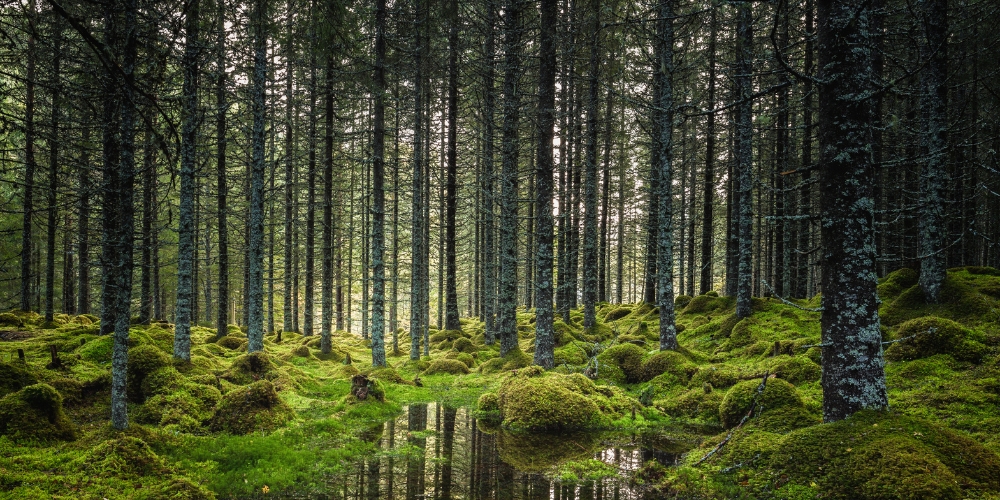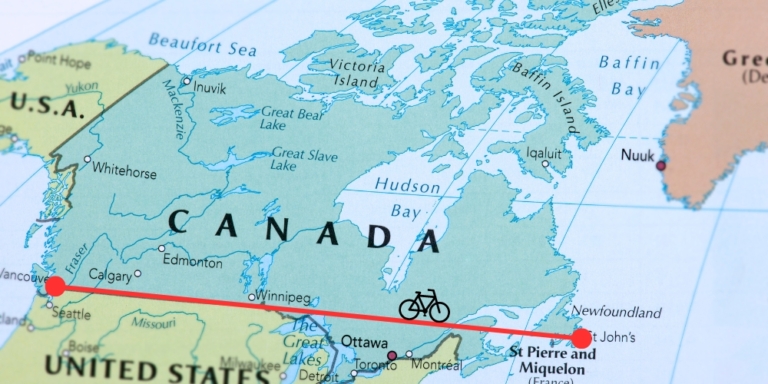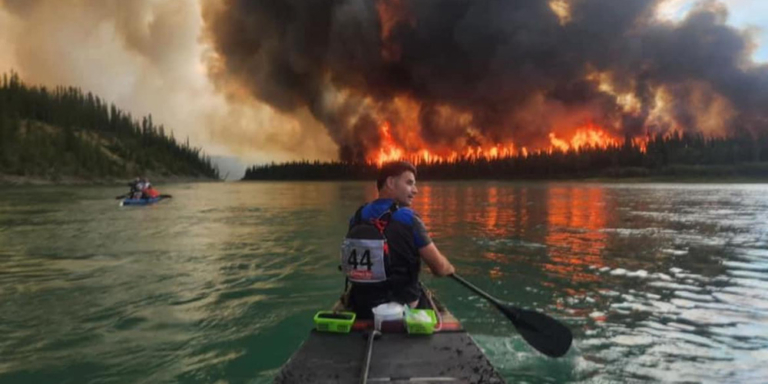Here in Canada, we have many things to be proud of.
A ResearchCo poll shows Canadians are proud of the Canadian flag, multiculturalism, hockey, the Canadian Armed Forces, and Indigenous culture.
Most Canadians are also proud of the natural beauty of our country, especially the Rockies. We often celebrate the grandness of the mountains or the majesty of the coastal forests, but many of us overlook the beauty and vastness of our boreal forest.
A Primary Forest
We shouldn’t take our boreal forest for granted because it is one of the world’s last primary forests.
A primary forest is a naturally regenerated, mostly undisturbed forest with no visible indications of human activities.
And guess what?
Primary forests are rare, especially with 8 billion people spread across the globe and impacting every ecosystem on the planet.
Boreal forests span eight countries: Canada, Finland, Russia, Norway, Sweden, Japan, China, and the United States. But Canada is home to most of North America’s boreal forests.
Canada’s boreal forest stretches 270 million hectares from Newfoundland to British Columbia and the Yukon. Trillions of spruce, fir, pine, and tamarack trees make up its beauty.
We are lucky to have this vast forest within our borders.
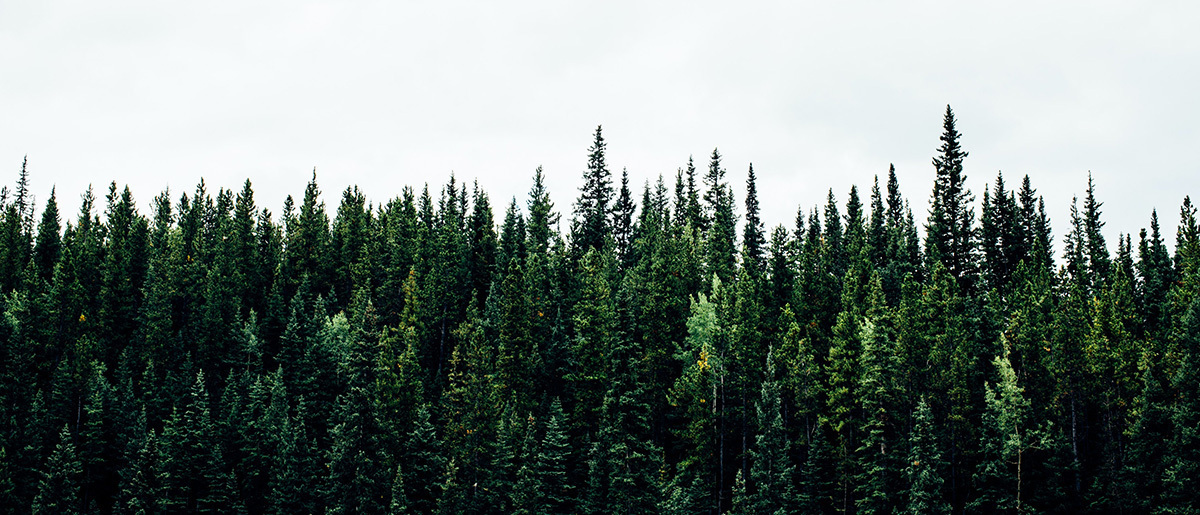

Beyond its intrinsic beauty, the boreal forest was one of the world’s largest carbon sinks. With the climate heating at such an alarming rate, we need to maximize the health of anything that can absorb heat-trapping carbon pollution.
And boy, does our boreal forest do that, or at least it used to.
In the past, it absorbed as much as 208 billion tonnes of carbon pollution.
But Barry Saxifrage, with Canada’s National Observer, says that has changed—every year since 2001. Saxifrage estimates the boreal forest has emitted more carbon than it has absorbed. His calculations show that Canada’s forests have raised the country’s total carbon emissions by 50 percent so far.
“There is this feel-good myth in Canada that our massive forest is offsetting some of our massive fossil fuel emissions…That might have been true decades ago under our old, stable climate,” wrote Saxifrage in his analysis.
Since 2001, Canada’s forests have released almost 4 billion tons of carbon pollution, representing a small fraction of the billions of tons stored in the trees and soil.
The boreal forest isn’t releasing carbon because of some natural lifecycle change. It’s because humans are messing with natural systems. Industrial logging and a shifting climate is the culprit for turning our forests into carbon emitters.
“But we’ve so weakened our forest — through decades of business-as-usual industrial logging and fossil-fuelled climate shifts — that it has switched to hemorrhaging CO₂ instead of absorbing it,” continued Saxifrage.
Alberta is home to almost 40 million hectares of boreal forest. In fact, 58% of Alberta is covered in boreal forest.
We are responsible for protecting one of the planet’s last strongholds of primary forest. And we are not doing a good job!
What strategies do we need to adopt to protect our forests so that they can return to being the carbon sink they once were?
2BT Or Not 2BT?
The federal government announced plans to plant 2 billion trees as part of its nature and climate policy program. Dubbed 2 Billion Trees (2BT), the program aims to provide financial support toward planting trees over ten years.
But is the federal government’s 2BT program a smokescreen?
Washington-based Natural Resources Defense Council’s (NRDC) policy manager Jennifer Skene thinks so.
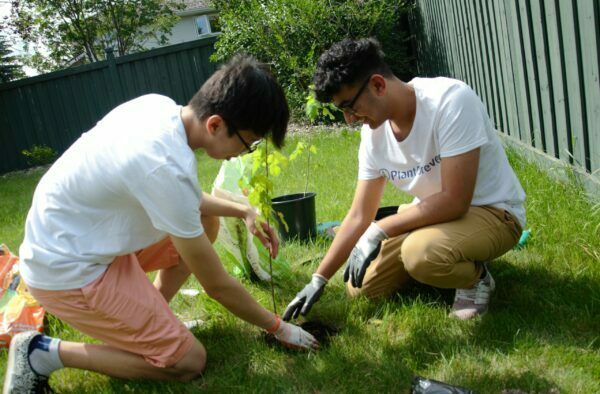

She accuses the Canadian government of lobbying against including the boreal forest in New York and California deforestation-free procurement bills.
These bills require that “companies contracting with the state do not directly contribute to tropical or boreal intact forest degradation or deforestation or through their supply chains.”
Put simply, these bills would prevent New York and California from buying products tied to the decline and deforestation of tropical or boreal forests.
Yet, Canada wants nothing to do with New York and California’s deforestation-free procurement bills. The New York Deforestation-Free Procurement Act was introduced in March 2021.
The following month, former Ontario Minister of Natural Resources and Forestry John Yakabuski asked for all references to boreal forests to be removed from the bill.
This year, The bill was reintroduced as the New York Tropical Deforestation-Free Procurement Act, focusing on tropical deforestation.
Alberta did something similar with the California Deforestation-Free Procurement Act released in 2021 after asking the California Senate to remove references to boreal forests from the bill.
California’s Governor Gavin Newson ultimately vetoed the bill because the bill “would create a significant burden on California businesses.”
Slipping Through The Cracks
Elijah Reichlin-Melnick is a former New York State Senator and co-sponsor of the New York Deforestation-Free Procurement Act. While Senator, he recalls being lobbied by Canadian officials.
These officials argued that Canada’s industrial logging was sustainable and should be excluded from the bill. Canada is ranked third globally for forest loss, behind Russia and Brazil.
Getting a bronze in world deforestation rates is not a win Canadians should be proud of!
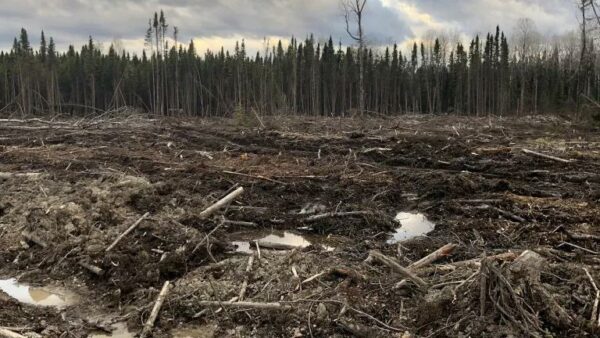

According to letters obtained by CBC News, former Alberta Premier Jason Kenney and Alberta Minister of Agriculture and Forestry Devin Dreeshen expressed “deep concerns” related to the forest protection bill.
In the letter, Kenney claims Canada has “world-leading sustainable forest management practices and a framework that prevents forest degradation and deforestation.”
Similarly, former Ontario Minister of Natural Resources and Forestry John Yakabuski wrote to Reichlin-Melnick, arguing that the bill “does not consider Ontario’s world-class sustainable forest management practices, which specifically prevent forest degradation or deforestation of the boreal forest.”
Skene believes Canada hides behind “sustainable forestry’ while clear-cutting thousands of hectares of boreal forest yearly. To her, the federal government’s 2BT program is just a distraction.
“All of that is sort of a distraction from what is the most immediate and sweeping issue, which is the fact that they are eroding some of the world’s last primary forests; they’re liquidating them and turning them into products like toilet paper and biomass,” Skene told CBC News.
In 2022, former consul general of Canada and New York, Khawar Nasim, also stated that the bill put the shared prosperity between Canada and New York at risk.
The Bottom Line
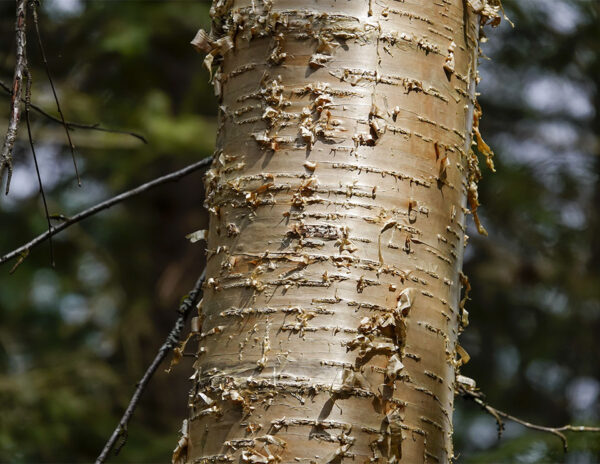

Canada’s boreal forests are being logged faster than they can regrow, pumping out billions of tonnes of carbon pollution.
Adding further to the problem are the higher rates of wildfires in the boreal forest due to a changing climate, which pumps even more carbon into the atmosphere.
According to the EU’s Copernicus Atmospheric Monitoring Service, as of the end of July, forest fires in Canada this year have released 290 million tonnes of carbon, doubling a previous annual record!
Replanting trees after clear-cutting doesn’t make industrial logging sustainable or combat a changing climate. Tree saplings simply cannot absorb carbon pollution as quickly as mature trees.
We need real action on climate change and deforestation, not fake platitudes from industry and politicians.
Our boreal forest is one of Canada’s greatest natural resources. Clearcut logging and replanting seedlings is not going to help us. But protecting our primary forests will. We must address our society’s addition to wood and develop new building methods to keep our primary forests intact.
When we return the boreal forest to a carbon sink, we can add that achievement to our list of things to be proud of as Canadians.

